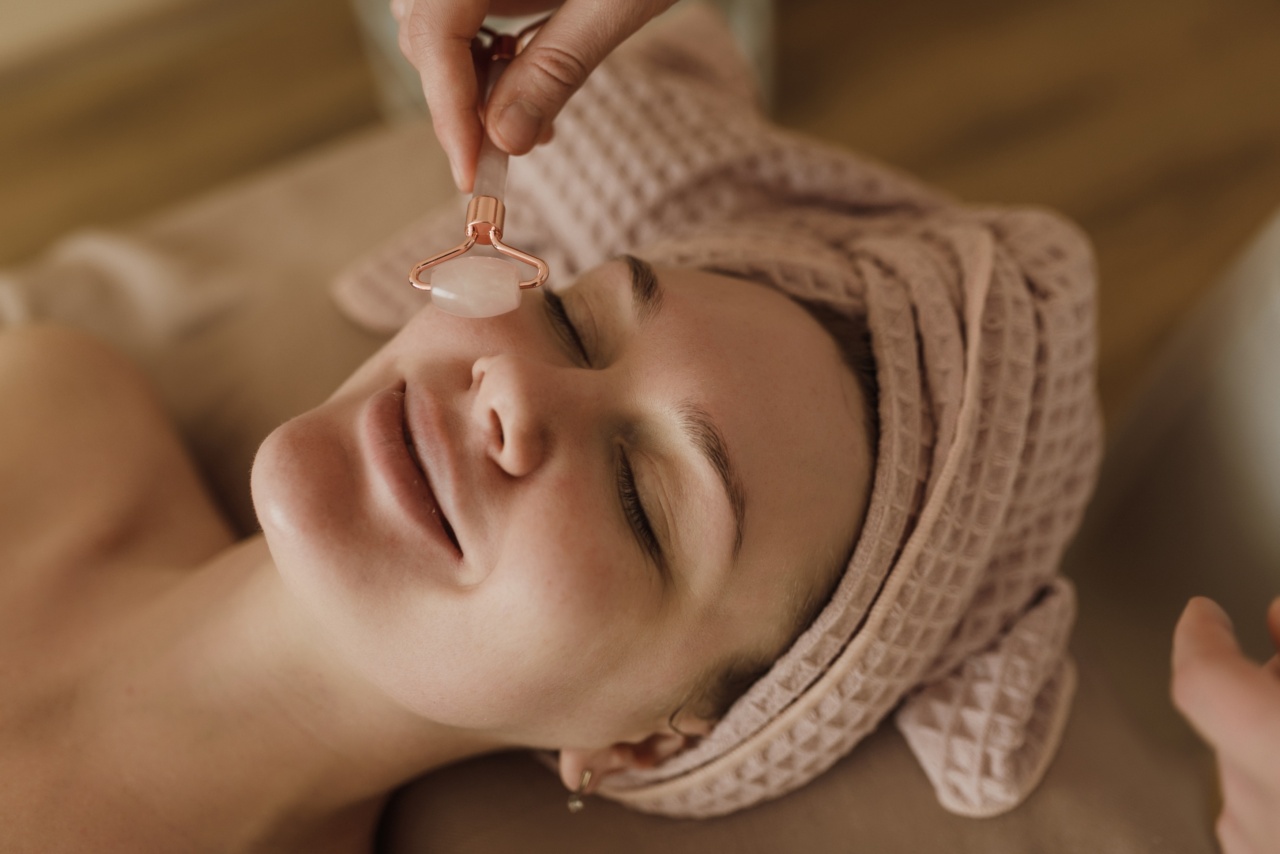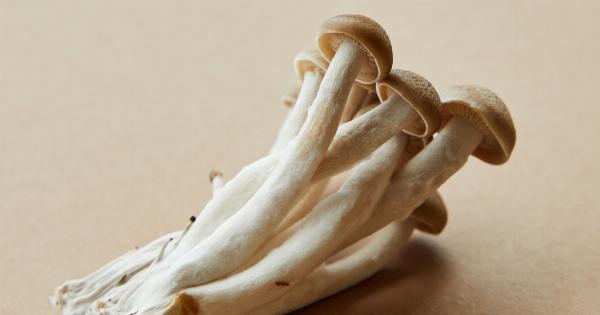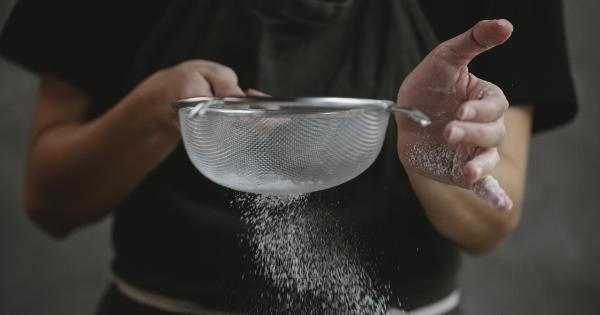Fungal infections affecting the nails, also known as onychomycosis, can be a common and persistent problem for many individuals. These infections are typically caused by fungi such as dermatophytes, yeasts, and molds.
They can cause nails to become brittle, discolored, thickened, and distorted, leading to discomfort and embarrassment.
While there are various over-the-counter and prescription medications available to treat nail fungal infections, some individuals may prefer natural remedies due to concerns about potential side effects or simply because they prefer a more holistic approach. Fortunately, there are several natural anti-fungal treatments that can help combat nail infections effectively.
Tea Tree Oil
Tea tree oil, derived from the leaves of the Melaleuca alternifolia tree, has potent antifungal properties. Its active component, terpinen-4-ol, can effectively target fungal infections and inhibit their growth.
To use tea tree oil for treating nail fungus, combine a few drops of the oil with a carrier oil like coconut oil or olive oil, and apply it to the affected nails twice daily.
Apple Cider Vinegar
Apple cider vinegar is a popular remedy for various conditions, including nail fungus. The acetic acid present in apple cider vinegar creates an acidic environment in which fungi find it difficult to thrive.
Mix equal parts of apple cider vinegar and water in a tub or basin and soak the affected nails in the solution for 15-20 minutes daily. Afterward, thoroughly dry the nails to prevent moisture that fungi thrive in.
Garlic
Garlic has natural antifungal properties and can be used to combat nail infections. Crush a few garlic cloves and apply them directly to the affected nails. You can cover the area with a bandage to keep the crushed garlic in place.
Leave it on for 30 minutes to an hour before rinsing off. Repeat this treatment daily until the infection improves.
Oregano Oil
Oregano oil contains a compound called carvacrol, which has potent antifungal properties. Dilute oregano oil with a carrier oil and apply it to the affected nails twice daily.
Make sure to perform a patch test before applying oregano oil to check for any potential skin sensitivity.
Vitamin E Oil
Vitamin E oil is rich in antioxidants, which can help promote healthy nail growth and combat fungal infections. Apply vitamin E oil directly to the affected nails and massage gently for a few minutes. Repeat this process twice daily for best results.
Coconut Oil
Coconut oil is known for its antifungal and moisturizing properties. Warm up some coconut oil until it liquefies and apply it to the affected nails using a cotton ball. Massage the oil gently into the nails and surrounding skin.
Leave it on overnight and rinse off in the morning. Repeat this treatment daily until the infection resolves.
Probiotics
Probiotics, which are beneficial bacteria, can help restore the natural balance of microorganisms in the body, including the nails. Consuming probiotic-rich foods like yogurt, kefir, sauerkraut, and kimchi can aid in fighting off fungal infections.
Moreover, applying probiotic-rich yogurt directly to the affected nails for 15-20 minutes daily can also provide relief.
Lavender Oil
Lavender oil possesses antifungal properties and a pleasant aroma. To use lavender oil for treating nail fungus, dilute it with a carrier oil and apply it to the affected nails twice daily.
Lavender oil can also alleviate any itching or discomfort associated with the infection.
Hydrogen Peroxide
Hydrogen peroxide is a well-known disinfectant that can help eliminate fungal infections. Dilute hydrogen peroxide with water in a 1:1 ratio and soak the affected nails in the solution for 10-15 minutes. Rinse thoroughly and dry the nails afterward.
Be cautious not to overuse hydrogen peroxide, as it can be harsh on the skin and nails.
Healthy Nail Care Practices
In addition to using natural remedies, adopting healthy nail care practices can aid in preventing and treating fungal infections. Some important tips include:.
– Keeping nails trimmed short and filed regularly to reduce the chances of fungi accumulating under the nails.
– Avoiding nail polish and artificial nails, as they can trap moisture and create an environment suitable for fungal growth.
– Wearing breathable shoes and changing socks frequently to prevent excessive moisture buildup.
– Avoiding walking barefoot in public places like pools, gyms, and showers to reduce the risk of exposure to fungal spores.
– Not sharing personal items such as nail clippers, files, or footwear, as this can spread fungal infections.
Conclusion
While fungal nail infections can be challenging to treat, natural remedies can provide effective and safer alternatives to conventional medications.
Tea tree oil, apple cider vinegar, garlic, oregano oil, vitamin E oil, and coconut oil are just a few examples of natural anti-fungal treatments that can help combat nail infections. Additionally, incorporating healthy nail care practices can further support the prevention and treatment of fungal infections.






























